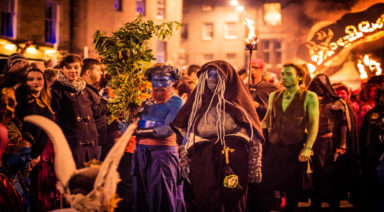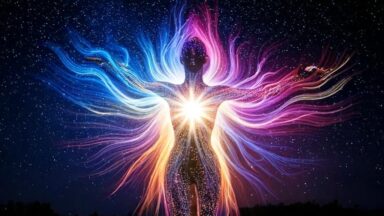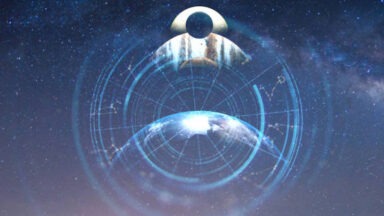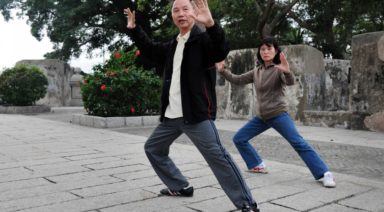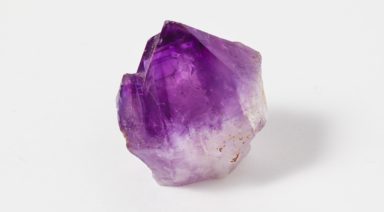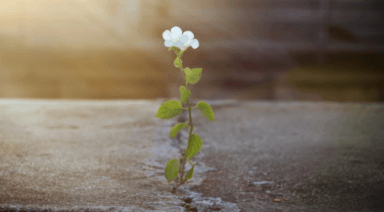Ancient Traditions To Help You Celebrate Summer Solstice
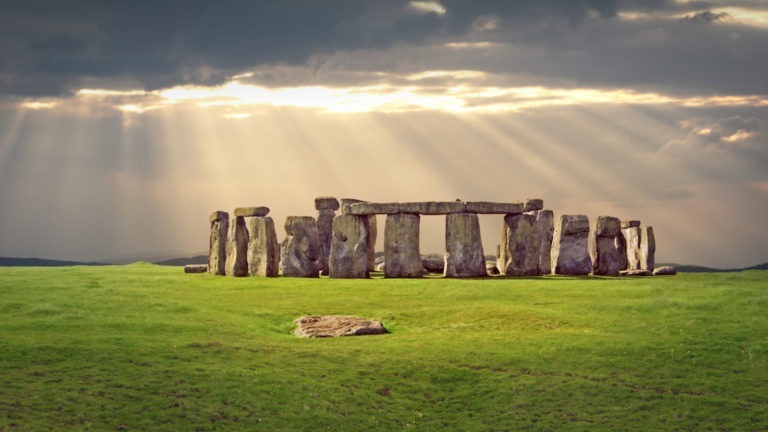
The summer solstice marks the longest day of the year, during which the axial tilt of the Earth puts the western hemisphere closest to the Sun. For time immemorial, it has been a day of celebration for many cultures across the world. But if you’re unsure of how to celebrate the summer solstice of 2019, here are some of the ancient rituals and celebrations practiced by our ancestors on the midsummer’s night.
Summer Solstice Meaning
The word solstice comes from the Latin words “sol,” meaning sun, and “stitium” or “sistere,” meaning still or stopped. In ancient times, our ancestors likely used this day as a marker to decide when to plant crops, noticing that the sun switched from a southward to northward trajectory in the sky.
But more importantly, the solstice was a time of celebration and a break from the norm. Many cultures believed that magic took place on the night of the summer solstice, with fairies showing themselves to humans, while evil spirits were dispelled from their lives.
Ancient Festivities on the Summer Solstice
In ancient Greece, the summer solstice marked the start of a new year and the month-long countdown to the Olympics. The Greeks also observed the festival of Kronia, during which they worshipped Cronus, the god of agriculture. At this time slaves were given equal rights to their owners, who allowed them to participate in games and festivities, sometimes even reversing roles and serving them – it was undoubtedly a welcomed holiday.
In ancient Egypt, the summer solstice represented the coming of the brightest star, Sirius. Not long after, the Nile would begin to flood its banks, marking a season of abundance from the land. The Egyptians believed Sirius was responsible for the floods and considered it the start of a new year.
The ancient Romans celebrated the festival of Vestalia, in honor of the goddess of the hearth. Married women brought offerings to the temple of Vesta, hoping the goddess would bestow blessings upon their families. Vesta was the protector of married women and virginity, and was exclusively a goddess for women.
In addition to the offerings made in Vesta’s temple, women would bake a sacred cake, which followed a strict recipe. Water from a sacred spring would be used, and prevented from coming into contact with the Earth, as it was carried in blessed jugs.
Summer Solstice Parties
In northern Europe, Pagans celebrated the occasion with bonfires, believing they banished evil spirits and demons and cultivated magic. Bonfires are a recurrent theme across various cultures’ summer solstice celebrations, which almost always involved feasting and dancing.
The Celts would also gather around bonfires, believing they opened a path toward light. Launching oneself over the fire would purify the soul, and burn away impurities and problems.
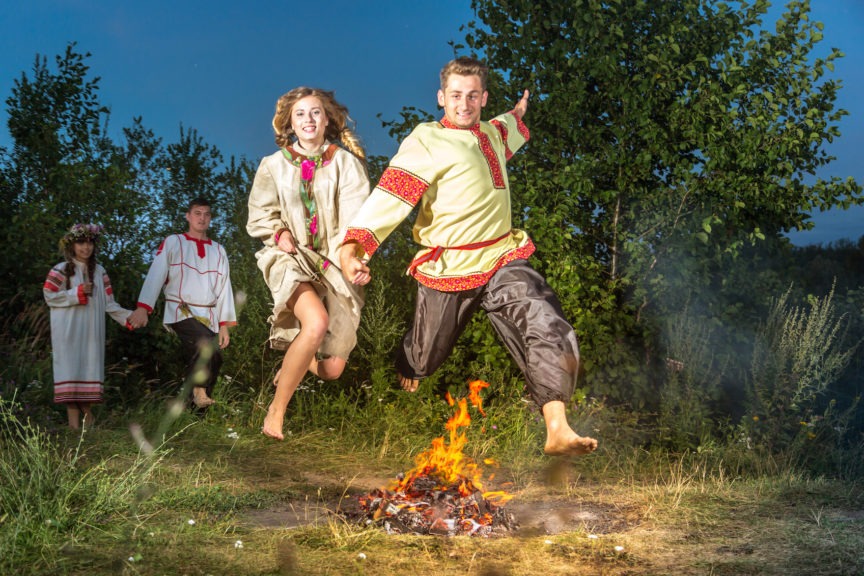
Pagans also believed medicinal plants were most effective during the summer solstice, including St. John’s wort, verbena, and rue – a necessary ingredient to ward off fairies that lead you astray.
Pagan solstice ceremonies in Slavic nations such as Russia, Ukraine, and Belarus, encouraged couples to jump over bonfires while holding hands. If the couple maintained their grip, their relationship was considered strong, portending success and happiness. But if they lost their grasp, their relationship was doomed.
Single women would also create rings of flowers to be released into a river, where bachelors waited on the other side to catch them, hoping to find a partner.
Summer Solstice at Stonehenge
Of course, we would be remiss not to mention Stonehenge when talking about the summer solstice and Paganism. While the famous, monolithic site is still a bit of a mystery, it’s clear that the solstices were an impetus in its construction. On the night of the summer solstice, the sunset will align with the heel stone of the monument, and continue to shine through the others.
Some historians believe the construction of Stonehenge, which lasted between 3,000 and 2,000 BCE, was a societal ceremony. They believe it brought people together and was a show of communal strength to foreigners. And during the summer solstice, people from all over the country came on pilgrimages to celebrate.
Other Cultures Celebrate June Solstice
Native Americans celebrated the summer solstice as well, with the Sioux’s famous Sundance taking place during the day. In fact, the Bighorn Medicine Wheel in Wyoming was designed to align with the sunrise and sunset during the solstice, where tribes would converge for sun gazing dances around a sacred cottonwood tree. The tree was symbolic of the connection between heaven and Earth.
In ancient China, summer solstice was represented by “yin,” or feminine energy, compared to the winter solstice’s “yang,” masculine energy. The Chinese celebrated the Earth with a number of festivities on this day.
But while many seemed to be partying and engaging in decadent celebration, up north Vikings would discuss legal matters and resolve disputes. True to their character, this was prime time to conduct trade, shipping, fishing, and of course, raids.
The Vikings likely used this time for productivity because of the extremely long days during the summer, when the sun only sets for a few hours, especially above the Arctic Circle. They have to make up for lost time somehow, when the opposite is true during the winter.
The Longest Day of the Year
It’s possible one of the reasons the summer solstice has historically been a time of celebration and joy is because of the sheer amount of sunlight received. The solstice marks the longest day of the year and is the culmination of six months of gradually increased daylight as winter recedes.
The vitamin D we receive from sunlight is like our body’s own photosynthesis, benefitting our mood, immune system, bones, and heart. It’s no wonder people use artificial modalities to receive light in places where it’s scarce throughout the year; it’s necessary to our physical and mental wellbeing.
So, no matter what you do to celebrate the summer solstice this year, remember it should be a time of renewal, peak happiness, reverence for humanity, and exposure to the sun – at least that’s how our ancient ancestors saw it.
Samhain Unveiled: Tracing its Origins and Time-Honored Rituals
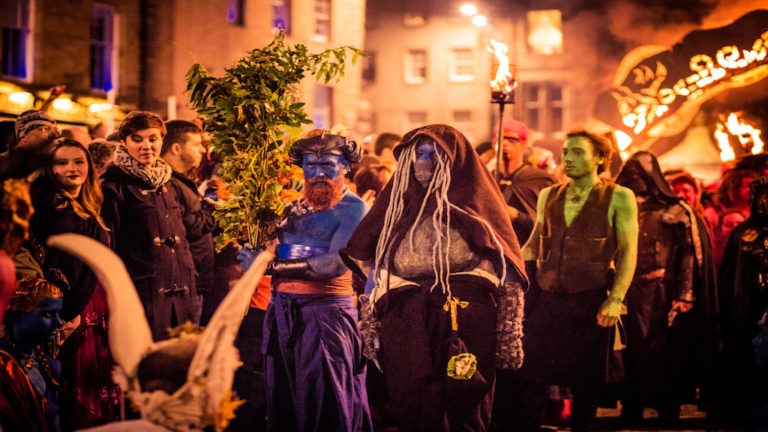
Samhain is a time-honored tradition followed by witches, Wiccans, ancient druids, and countless other modern pagans across the world, and celebrated as October turns to November. Samhain is a festival of the dead, meaning “Summer’s End,” and though you’re probably tempted to pronounce it “sam-hane,” it’s actually pronounced saah-win or saah-ween.
What is a Samhain Celebration?
Samhain is a sacred and ancient Celtic festival that marks the end of the harvest season and the beginning of winter. It holds deep spiritual significance as it honors our ancestors, acknowledges the time of year when the veil between the physical and spiritual worlds is thinnest, and embraces the mysteries of life and death. Samhain typically takes place from October 31st to November 1st and involves various rituals and traditions, such as ancestor veneration, divination, bonfires, costume dressing, feasting, and releasing and renewing rituals. It’s also celebrated as the beginning of the spiritual new year for Wicca practitioners, which is also why it’s nicknamed “The Witches’ New Year.” Samhain serves as a time of reflection, transformation, and connection with the natural and supernatural realms, reminding us of the cyclical nature of existence and the eternal bond with our ancestral heritage. If this celebration sounds oddly familiar, it’s because our modern Halloween, although different, originates from this Gaelic tradition. Historically, most American Halloween traditions were brought over by Irish and Scottish immigrants.
How to Celebrate Samhain
Samhain is typically celebrated by preparing a dinner to celebrate the harvest. The holiday is meant to be shared with those who have passed on as well as those still with us. Set a place at the table for those in the spiritual plane, providing an offering for them upon every serving throughout the meal. In addition to those who have passed, invite friends and family to enjoy the feast with you. Typical beverages include mulled wine, cider, and mead, and are to be shared with the dead throughout the meal.
Halloween Similarities & Differences
Despite occurring at similar times and containing similar themes, Samhain and Halloween are not the same holiday. Halloween, short for All Hallow’s Eve, is celebrated on and around Oct. 31 and tends to be more family-focused. On the other hand, Samhain is more religious in focus and spiritually observed by practitioners.
There are some more light-hearted observances in honor of the dead through Samhain, but the underlying tone of Samhain is one of a serious religious practice rather than a light-hearted make-believe re-enactment. Today’s Pagan Samhain rites are benevolent, and although they are somber and centered on death, they do not involve human or animal sacrifices, as some rumors may claim. Another difference between Samhain and Halloween is that most Samhain rituals are held in private rather than in public.
When to Start the Celebrations
If you want to start honoring this pagan tradition, you might wonder when to start. The timing of contemporary Samhain celebrations varies according to spiritual tradition and geography. Practitioners state to celebrate Samhain over several days and nights, and these extended observances usually include a series of solo rites as well as ceremonies, feasts, and gatherings with family, friends, and the spiritual community.
In the northern hemisphere, many Pagans celebrate Samhain from sundown on October 31 through November 1. Others hold Samhain celebrations on the nearest weekend or on the Full or New Moon closest to this time. Some Pagans observe Samhain a bit later, or near November 6, to coincide more closely with the astronomical midpoint between the Autumn Equinox and Winter Solstice. Most Pagans in the southern hemisphere time their Samhain observances to coincide with the middle of their Autumn in late April and early May rather than at the traditional European time of the holiday. In the end, it’s really up to you!
Honoring Life, Death, & Nature
Samhain isn’t necessarily a creepy, morbid holiday obsessed with death, as some may conclude. Instead, it reaches for themes deeper than that, tying in with nature’s rhythms. In many places, Samhain coincides with the end of the growing season. Vegetation dies back by killing frosts, and therefore, literally, death is in the air.
This contributes to the ancient notion that at Samhain, the veil is thin between the world of the living and the realm of the dead, facilitating contact and communication with the dead. For those who have lost loved ones in the past year, Samhain rituals can be an opportunity to bring closure to grieving and to further adjust to their being in the Otherworld by spiritually communing with them. However, it’s also a way to appreciate life when you get right down to it.


